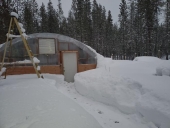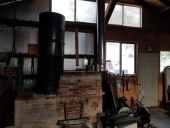
 12
12




 5
5




 4
4




 6
6




 6
6




 3
3




 5
5




 1
1




 1
1




 4
4




regards, Peter
 4
4




 6
6




 3
3




 3
3




 1
1




 1
1




Jacob Klingel wrote:... The tunnel itself was designed with PAHS and annualized geo solar in mind...
 2
2




 2
2




 1
1





|
PI day is 3.14 (march 14th) and is also einstein's birthday. And this is merely a tiny ad:
Homestead Pigs Course
https://permies.com/wiki/365748/Homestead-Pigs
|





